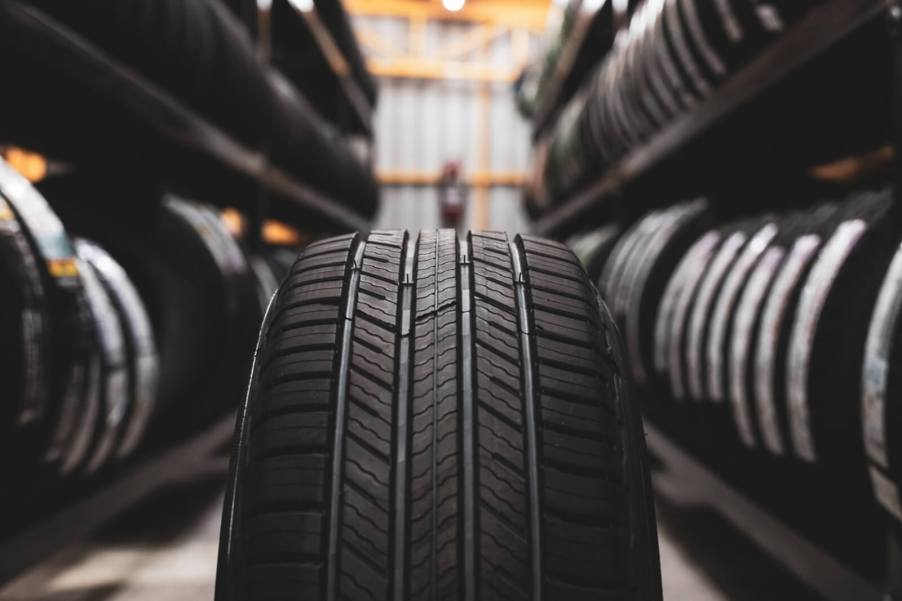
Does All-Wheel Drive Mean Faster-Wearing Tires?
All-wheel drive (AWD) is a life-saver for some vehicle owners. Rather than sending the power to the rear wheels or pulling the car with front-wheel drive (FWD), the drivetrain provides power to all four tires, resulting in greater grip. However, the multiplied grip in your AWD car or SUV could cost you where you don’t suspect it: tires wearing more quickly as a set.
Car Talk’s Ray Magliozzi says your grippy all-wheel drive platform could require a full set of new tires more often than RWD or FWD
If you’re familiar with the popular public radio show “Car Talk,” you know it’s a riot. Desperate, frustrated, and confused car owners would call in to access the maintenance wisdom of Ray and Tom Magliozzi. The duo, better known as “Click & Clack, the Tappet Brothers,” diagnosed wounded cars and gave advice.
Callers would do their best impressions of slipping transmissions, bad tires, and faulty starter motors. However, at its core, Car Talk is a wealth of information for listeners seeking to learn more about the machines that move us.
For one such advice-seeker, the question was whether or not he was ripped off by a tire chain store. The driver complained that the store sold him a replacement set of rubber. Specifically, the driver went to the shop seeking a replacement tire after a puncture. However, the technician told the driver that he should replace all four tires. Moreover, the tech cited the all-wheel drive system’s need for uniformly wearing tires.
Ray Magliozzi agreed with the technician’s assessment. He confirmed that an all-wheel-drive car’s ride depends on tires remaining as similarly worn as possible. “When you have an all-wheel-drive car, you don’t want to have one wheel larger (or smaller) than the other three,” Magliozzi told the driver.
Magliozzi went on to explain the importance of tires not over-taxing the center differential in an AWD car. “On an all-wheel-drive car, when the wheels have to turn at different speeds (like when you’re cornering), there’s a gearbox called a center differential that kicks in and manages all that.”
“But if you have one tire that’s larger than your other three, that wheel would always be turning slower, and you’d force the center differential to operate continuously — even while driving straight ahead,” Magliozzi explained. “And whatever you paid for four tires, it’s a fraction of what a center differential replacement would cost.”
As per usual, Ray is right on. The average set of all-season tires for a compact SUV costs around $800 or so. However, a replacement center differential could cost $4,000 or more.
Source: Dayton Daily News



